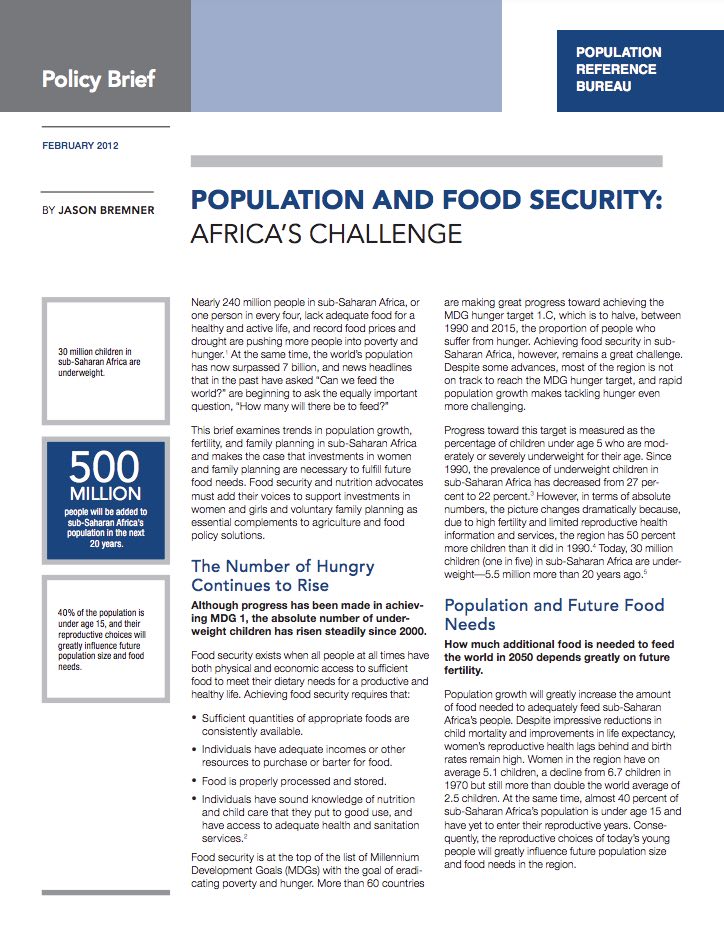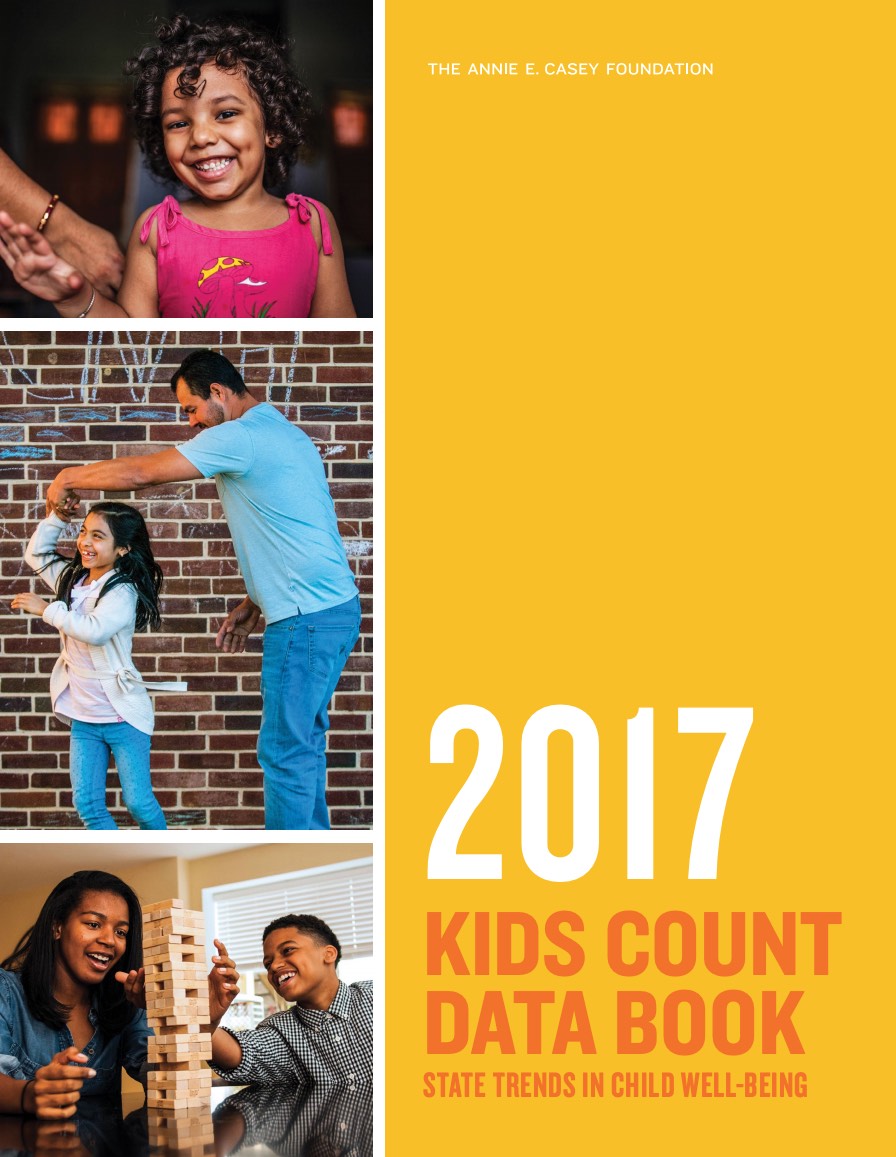PRB Discuss Online: Integrating Family Planning and HIV Programs
(2010) There is an urgent need for stronger links between family planning/reproductive health and HIV policies, programs, and services.
(2010) There is an urgent need for stronger links between family planning/reproductive health and HIV policies, programs, and services.

Updates to the mHealth Compendium’s family planning case studies highlight how programs have evolved, revealing insights on sustainability and scalability.

(2012) Almost two of every three people in sub-Saharan Africa live in a rural area, relying principally on small-scale agriculture for their livelihood. Improving agriculture on small farms is critical to reducing hunger.

Project: KIDS COUNT
(2017) The KIDS COUNT Data Book—now in its 28th year—provides an up-to-date and detailed picture of how children are faring in the United States, nationally and in each state.
At the fractious Constitutional Convention in Philadelphia in 1787, America's founders conceived the idea of a national census to determine the number of representatives each state would send to Congress.

Project: American Community Survey and Decennial Census Support Services
(2020) The U.S. population is undergoing rapid racial and ethnic change, led by growth of the Hispanic/Latino and Asian American populations. For policymakers and others, keeping track of these changes is important because some racial and ethnic groups are faring worse than others.
(2014) U.S. children of incarcerated parents are an extremely vulnerable group, and much more likely to have behavioral problems and physical and mental health conditions than their peers, reports Kristin Turney, a University of California-Irvine sociologist.
(2011) Despite the recent attention to ending early marriage around the world, married adolescents remain invisible to many policymakers and program developers.